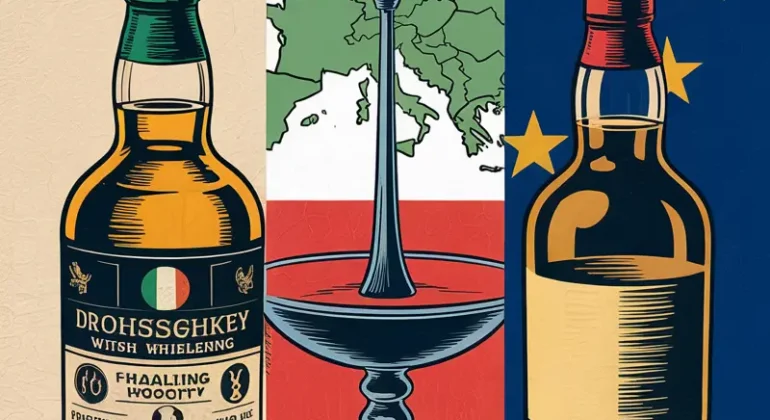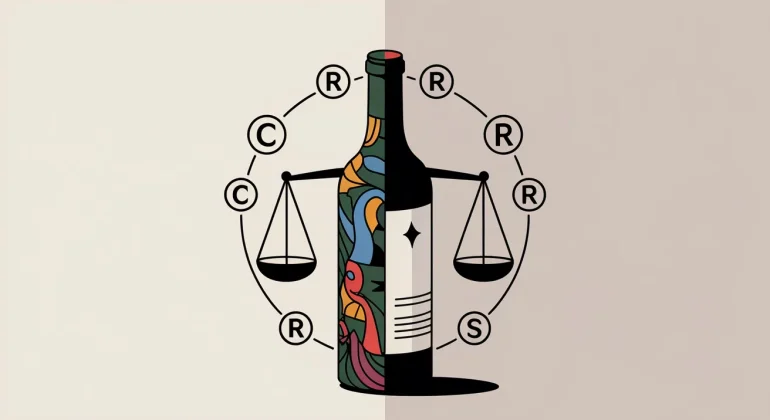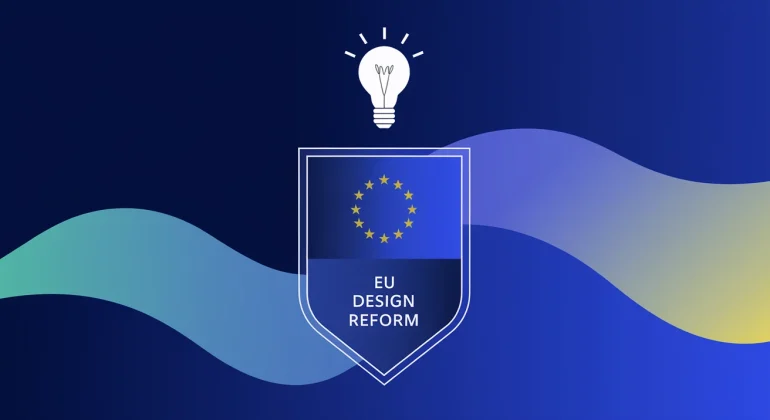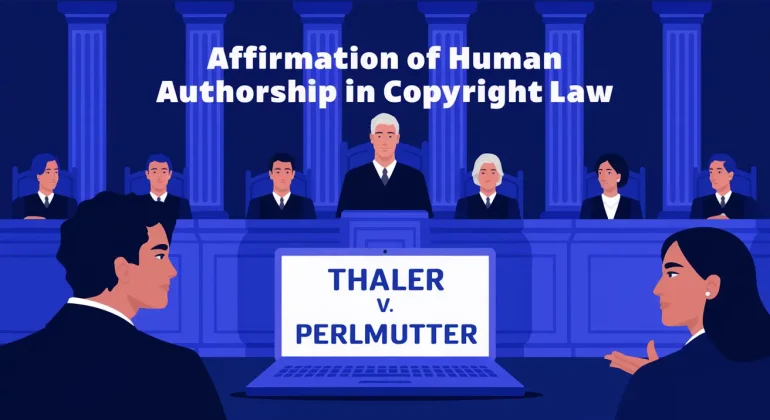EU law and Ireland’s precautionary alcohol labelling: Between public health imperatives and legal coherence
The Irish regulation adopted in 2023 under Statutory Instrument No. 249/2023, as published on the official Irish Statute Book website introducing mandatory health warnings on alcoholic beverage labelling marks a first in the European Union and has sparked considerable debate. Relying on recent scientific findings, Ireland now mandates dissuasive labels featuring textual warnings, pictograms, alcohol content in grams, and links to official public health websites.
This raises important legal questions concerning its compatibility with EU law, particularly with regard to the free movement of goods, proportionality, and the division of competences between Member States and the Union in matters of food labelling. This article explores the scope for unilateral national measures in such a sensitive domain, assessing them through the lens of EU case law, the precautionary principle, and subsidiarity.
The legal framework governing food labelling in the European Union
The foundations of health information rights in EU Law
Articles 168 and 169 of the TFEU enshrine a dual objective: ensuring a high level of public health protection and enhancing consumer information. Regulation (EU) No. 1169/2011 is the cornerstone of EU food labelling law, but it does not mandate any health warnings on alcoholic beverages.
Progress has been limited to wine labelling, through Regulation (EU) 2021/2117, which introduced requirements to list ingredients and nutritional values, yet stopped short of incorporating the health warnings proposed by the European Commission as part of the Europe’s beating cancer plan (2021).
Residual regulatory powers of member states
In the absence of full harmonisation, Member States may introduce additional labelling requirements pursuant to Article 39 of Regulation 1169/2011, provided they notify the Commission via the TRIS procedure and respect the principles of proportionality and non-discrimination.
Ireland complied with this procedure and justified its legislation with alarming epidemiological data on youth alcohol consumption, widespread public ignorance of health risks, and the societal costs associated with alcohol use.
The Irish legislation: Scope, justification, and reach
A groundbreaking and detailed legal framework
Ireland’s 2023 decree mandates the inclusion of:
- Three mandatory health warnings (regarding cancer, liver disease, and pregnancy)
- Alcohol content expressed in grams and caloric information
- Standardised pictograms and a government health information website
- Precise requirements on typography, font size, and positioning of warnings
These rules apply to all alcoholic beverages, including wine, regardless of alcohol volume or production method.
A measure based on verified public health imperatives
The cited statistics reveal that:
- One in five Irish drinkers exhibits alcohol-related disorders
- Most 17-year-olds have already experienced drunkenness
- Vast segments of the population are unaware of alcohol-related health risks
Labelling is presented as a primary prevention tool, supplementing broader public health efforts.
Compatibility with EU law: Free movement and proportionality
Guidance from the Court of Justice of the European Union (CJEU)
CJEU case law (Bacardi, Gourmet, Scotch Whisky Association) recognises that public health protection may justify national restrictions on trade (Article 36 TFEU), provided they are:
- Appropriate to achieve the stated objective
- Necessary and proportionate
- Not excessive in light of the pursued goal
A controversial but legally tenable measure
Despite several reasoned opinions from other Member States criticising the Irish rules, the European Commission did not object. In the absence of harmonisation, national legislators retain discretion to determine the level of health protection, provided they can demonstrate a real—not hypothetical—risk and rely on scientifically credible evidence.
The absence of a recognised “safe level of alcohol consumption,” as highlighted by the WHO, lends legitimacy to a generalised precautionary approach, even with respect to wine.
The need for EU-level harmonisation
A dialogue suspended since 2021
The European Parliament’s failure to endorse the Commission’s proposals on health labelling has created a regulatory vacuum, exposing producers to diverging national obligations and fragmenting the internal market.
Benefits of a common legislative framework
A harmonised EU approach would:
- Ensure legal certainty for operators
- Prevent technical barriers to intra-EU trade
- Enable balanced public health communication
- Avoid measures perceived as stigmatic
The focus should be on the volume and context of consumption, rather than the blanket condemnation of products with cultural and economic significance.
Conclusion: Striking a balance between public health and market cohesion
The Irish legislation addresses genuine public health concerns, supported by scientific evidence. However, in the absence of harmonised EU rules, it exposes economic operators to legal uncertainty and risks undermining the coherence of the internal market.
Only a comprehensive EU legislative initiative, combining transparency, public health efficacy, and respect for cultural traditions, can resolve the current regulatory fragmentation.
Key Takeaways:
- Ireland’s precautionary labelling is legally grounded but raises issues of proportionality.
- EU law does not yet impose mandatory health warnings on alcohol.
- Without harmonisation, legal uncertainty and market fragmentation will persist.
- A structured EU response is urgently needed to safeguard both public health and regulatory coherence.
We collaborate with a global network of intellectual property attorneys.
Join us on social media !










